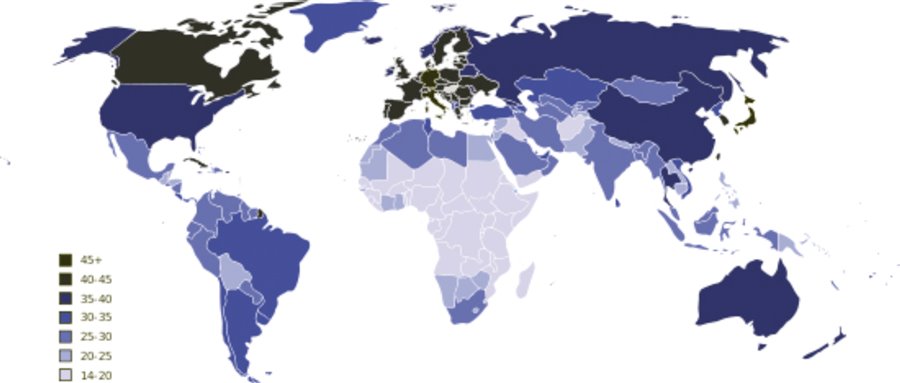The historical towns of the Ligurian west had a different origin and evolution depending on whether they were built on the coast or inland.
The coastal centers find their origins in those indigenous prehistoric settlements that developed in Roman times and, like in the whole West, in the Middle Ages and the Renaissance; finally, radically and suddenly, they have been attacked by the violent economic, cultural and building development of the last hundred years.
The villages of the hinterland were, instead, founded in the centuries following the fall of the Roman Empire, when part of the populations of the coast - who remained at the mercy of the Saracens first and of Barbarian pirates later - were forced to leave the insecure coast and move to the most defensible inland hills.
Unlike the prosperous ones on the coast, the small towns of the valleys lived on an agricultural survival economy and in a social and logistic isolation that kept their cultural traditions and principles for a long time.
The crisis of mountain agriculture in the first decades of the twentieth century and the flourishing of the coastal tourist activity led to an unstoppable exodus from the countryside: the hinterland was quickly depopulated. Bled by the exodus of the youth and by the dripping of time that takes away the old people, the houses of the villages still cover themselves with brambles.
The hinterland, so rich in natural, cultural and social assets, still offers promises of tourist quality to be exploited if the attack of second homes, inanimate summer dormitories, can be won.
Unfortunately, some administrators of the hinterland villages would like to compensate for the demographic imbalance between the coast and the hinterland by favoring the settlements of second homes: a policy which, beyond good intentions, in reality determines the incontrovertible and definitive dispersion of historical, cultural and environmental capital.
It is well known that second homes can also create an additional income, but they do not constitute an attraction for economic activities with reliable prospects.
In order not to deny a future, the inhabitants and their administrators must put the protection of the heritage before everything else.
Statistical data of western Liguria
YEAR 1881
- total population: 128,000 (100%)
- coastal cities: 65,000 (51%)
- valleys: 63,000 (49%)
YEAR 2017
- total population: 263,000 (100%) / + 105%
- coastal cities: 224,000 (85%) / + 400%
- valleys: 39,000 (15%) / -38%
NOTE
We have considered as western Liguria the territory that goes from Albenga to Ventimiglia. Many inhabitants live in the valleys, but carry out their working activities on the coast, with daily commutes.
From 2012 to 2016, the demographic decline in the west of Liguria was of 2400 residents (-780 annual average).
Contrary to current opinion, Liguria - and its west in particular - does not represent an anomaly with respect to the experience in the advanced world, but only anticipates the prospective data.
The growth trend of the world population is still growing in various parts of the world, but decreases in advanced nations and tends to level out all over the world.

